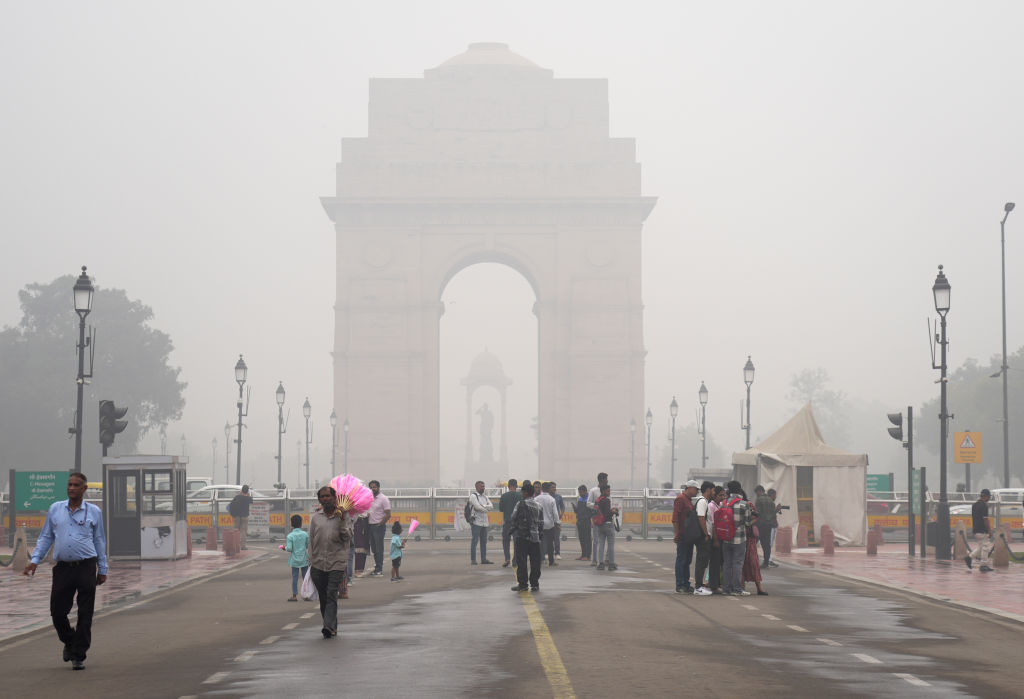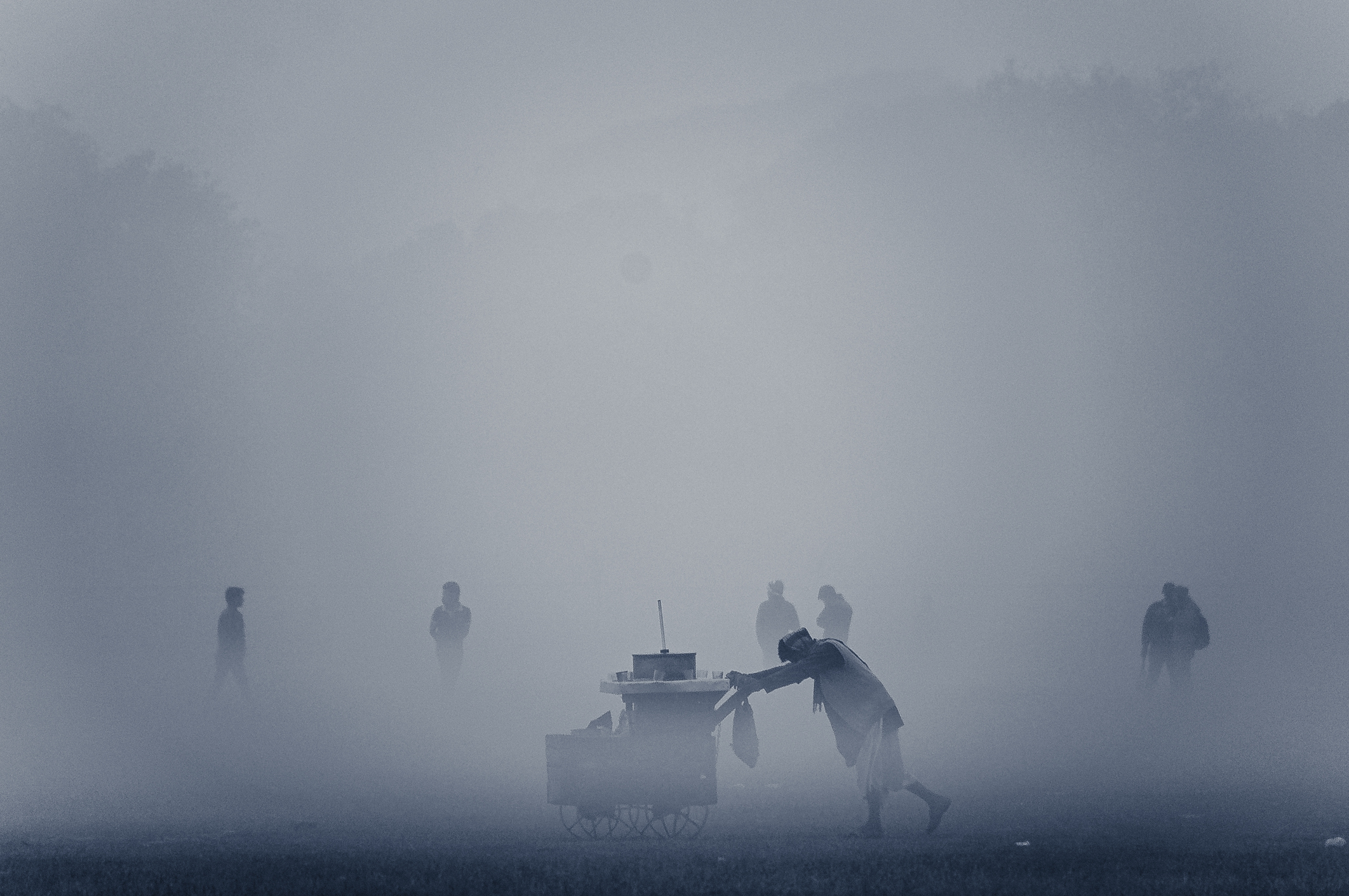Topline
Air quality in New Delhi dropped to its worst level this year on Monday—with pollutant levels reaching more than 150 times higher than the World Health Organization’s recommended safe levels—as local authorities enacted an emergency response plan, including shutting down schools, halting the entry of nearly all trucks and a ban on all construction activities.
Key Facts
According to IQ Air, New Delhi’s Air Quality Index, which measures the level of air pollution, surged past 1,700 on Monday—more than five times above the “hazardous” benchmark where even healthy individuals are likely to experience adverse effects.
The pollution level was so severe on Monday that the U.S. Embassy in New Delhi—which uses the Environmental Protection Agency’s AirNow chart—rated the conditions “Beyond the AQI” on its hourly tracker as it registered levels above 1,600.

The national pollution control authority rated the conditions in Delhi as “severe plus” and ordered the enforcement of stage 4 of a graded response action plan, which is the highest level emergency response and allows for the most stringent curbs on vehicles and construction work.
The Delhi Government ordered all schools to switch over to online classes and issued bans on key sources of pollution, including the entry of trucks carrying non-essential goods into the city, the operation of older diesel vehicles on the road and all construction activities.
Loading...
The national capital city was blanketed by a thick layer of smog—a toxic mix of fog and smoke—that dropped visibility levels to around 100 meters.
What Is Causing Delhi’s Pollution?
Severe pollution levels have become a recurring problem for India’s capital and other major North Indian cities during the winter—when the dense fog-laden air mixes with toxic smoke and other pollutants. As with every year, the issue has triggered a political blame game between the national government led by the Bharatiya Janata Party (BJP) and the Delhi government led by the rival Aam Aadmi Party (AAP). According to the national air quality monitoring agency SAFAR, nearly 40% of Delhi’s pollution can be attributed to the illegal burning of crop residues in neighboring states like Punjab and Haryana after harvest season. Efforts to crack down on farm fires have failed, as stubble burning is usually quicker and cheaper than manual or machine removal—which the government is trying to financially incentivize.
News Peg
The levels of PM 2.5 pollutants—airborne particles less than 2.5 microns in diameter, which can enter the lungs and cause several diseases—across the city peaked above 950 micrograms per cubic meter on Monday, according to IQAir’s tracker. According to the World Health Organization, the recommended annual average exposure to PM2.5 matter should not exceed 5 micrograms per cubic meter.
Big Number
214. That is the total number of both arriving and departing flights, which have faced delays at New Delhi’s Indira Gandhi International Airport on Monday, according to FlightAware. In a statement on X at noon, the Delhi Airport said its “low visibility procedures are still in progress and flight operations may get affected.”
Tangent
NASA’s Fire Information for Resource Management System, which tracks fires using satellite imagery, showed several active blazes across the state of Punjab in the past 24 hours. Last month, a Senior Research Scientist at NASA, Hiren T Jethva, speculated on X that farmers in North India may be deliberately burning crop stubbles later in the afternoon to avoid having their flames tracked by the satellite overpass. It is unclear if this is true, but this hasn’t stopped authorities from reporting a large number of farm fires in the area. In the state of Punjab alone, 4,262 cases of farm fires were reported in the last two weeks, according to the Tribune.
Further Reading
Dense smog leaves Delhi choking as AQI in ‘severe plus’ category, visibility down to 100m (Hindustan Times)
Loading...
